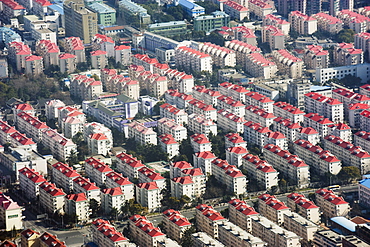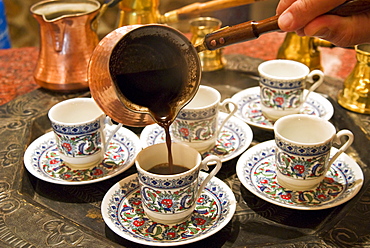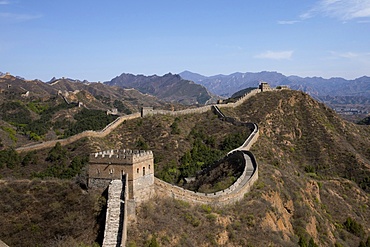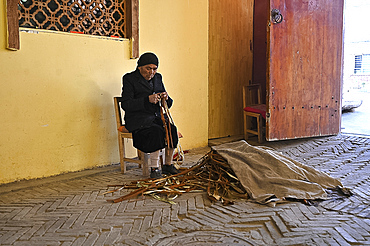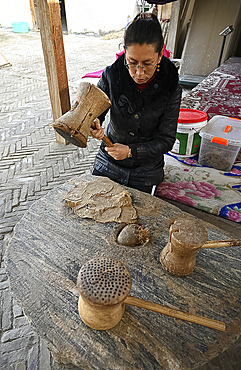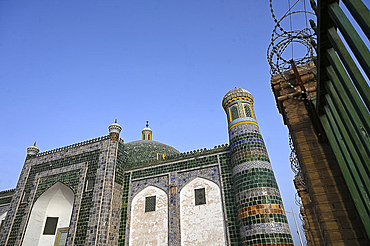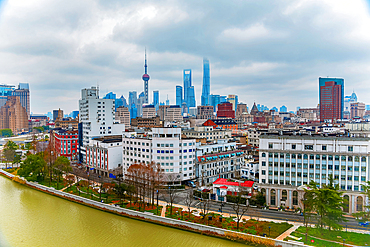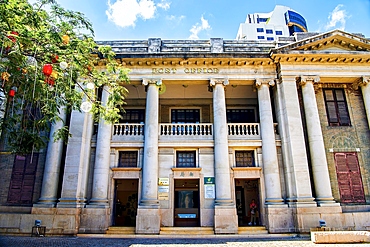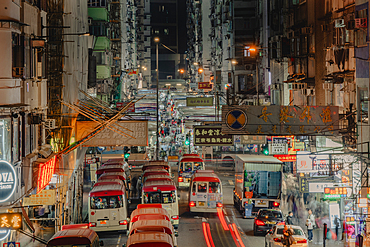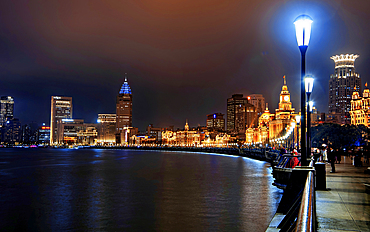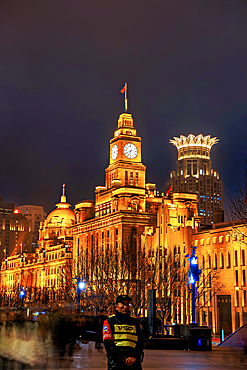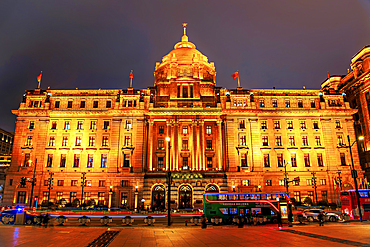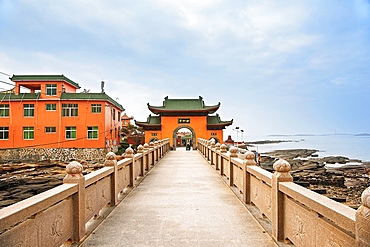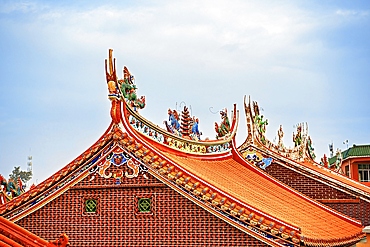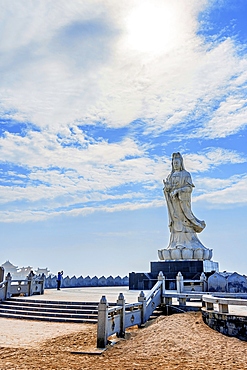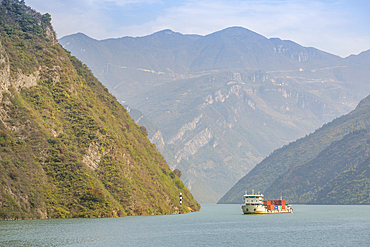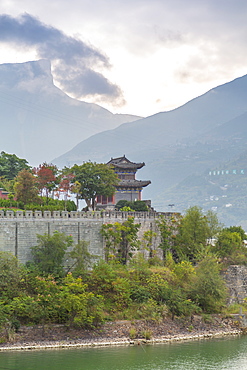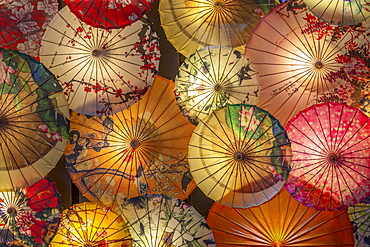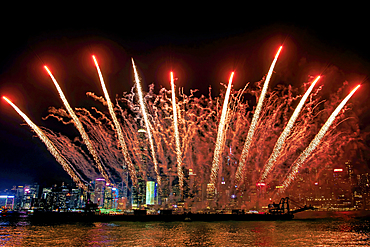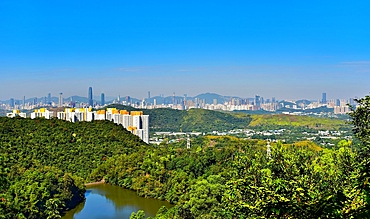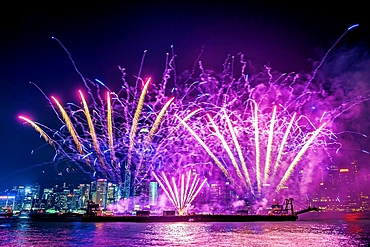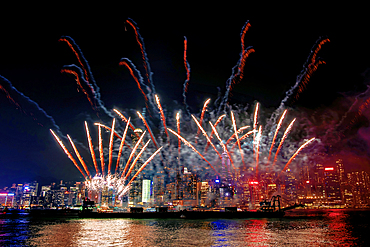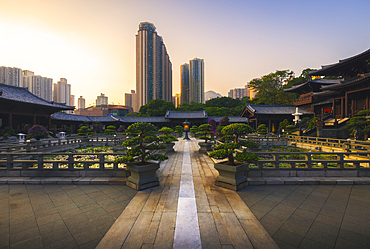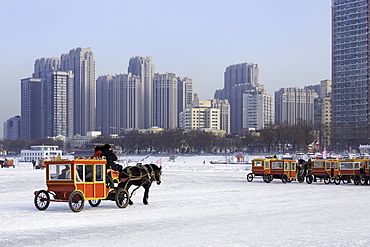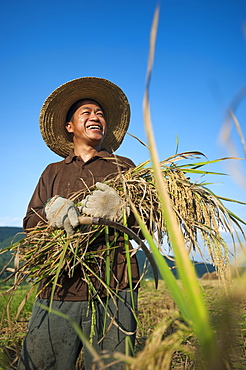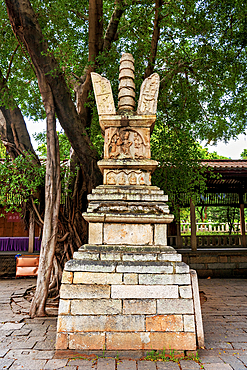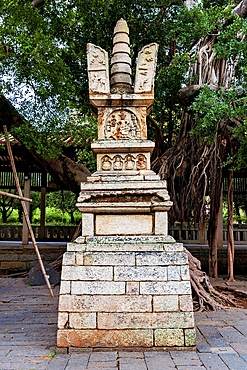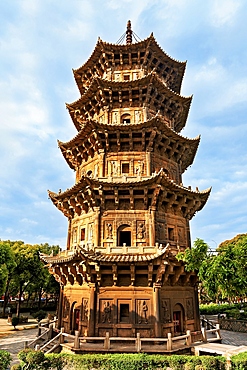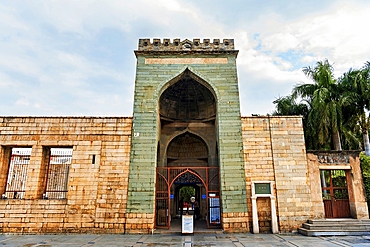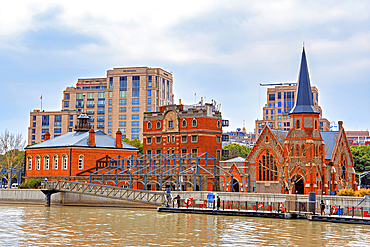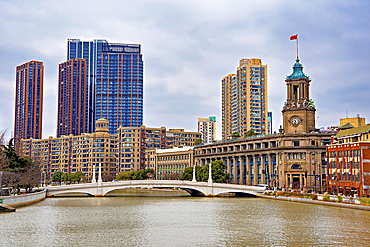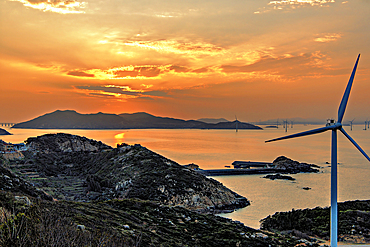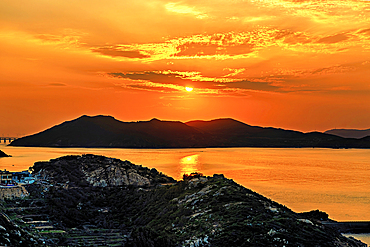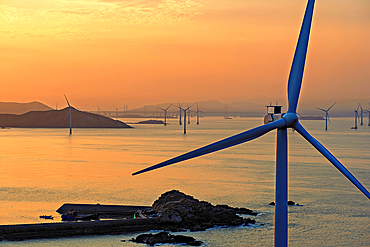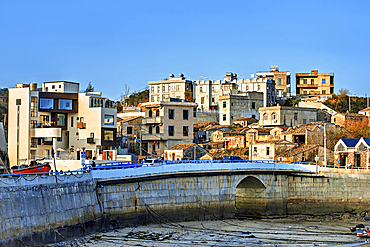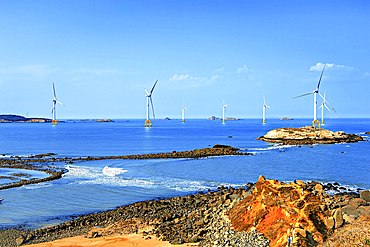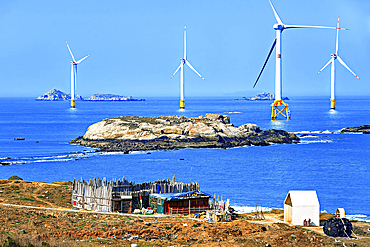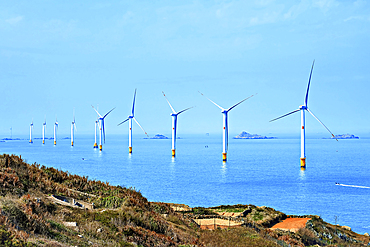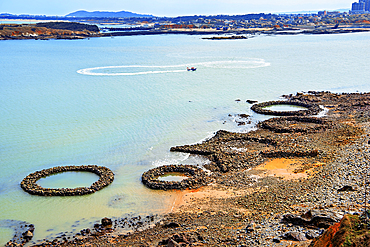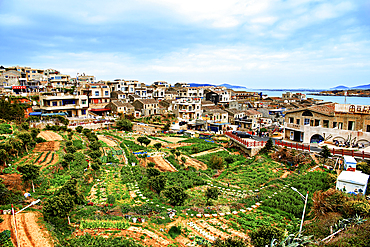Results
« Previous 1 … 27 28 29 30 31 … 79 Next »
7847 results found
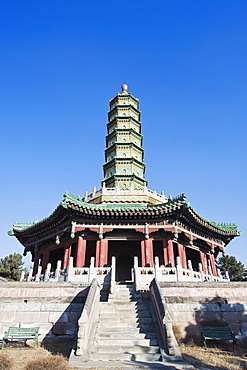
Xumi Fushou (Temple of Sumeru Happiness and Longevity) dating from 1780, Chengde city, UNESCO World Heritage Site, Hebei Province, China, Asia
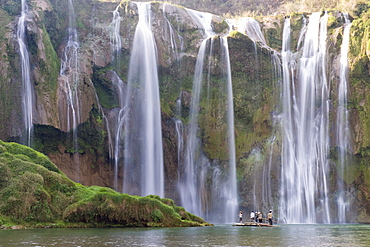
Tourists on a bamboo raft under Jiulong Falls (Nine Dragon waterfall), Luoping, Yunnan Province, China, Asia

Reflection of karst scenery at Shilin Stone Forest, UNESCO World Heritage Site, Yunnan Province, China, Asia
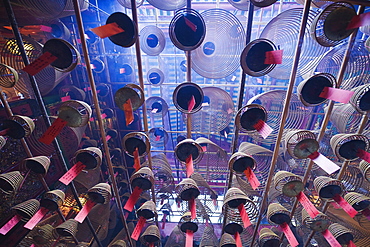
Incense coils, Man Mo Temple, Hong Kong Island, Hong Kong Special Administrative Region (SAR), China, Asia

Incense coils, Man Mo Temple, Hong Kong Island, Hong Kong Special Administrative Region (SAR), China, Asia
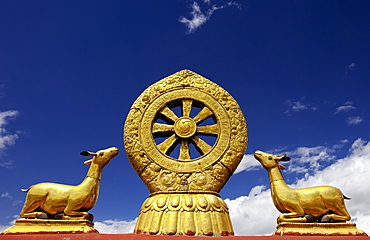
A golden dharma wheel and deer sculptures on the sacred Jokhang Temple roof, Barkhor Square, Lhasa, Tibet, China
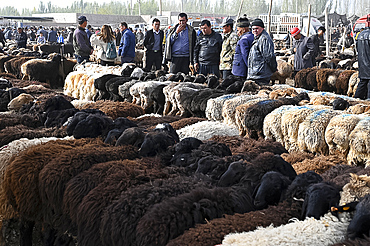
Uyghur men look over sheep lined up for sale in Kashgar Sunday market, Kashgar, Xinjiang, China, Asia
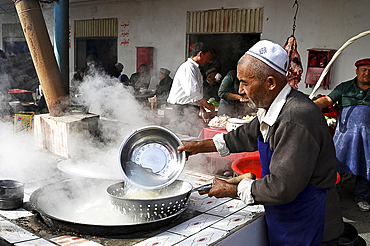
Uyghur Muslim man cooking noodles at noodle stall in Kashgar Sunday Market, Kashgar, Xinjiang, China, Asia
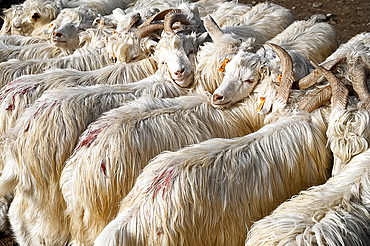
Angora goats at Sunday market at Kashgar, the main Silk Road trading centre, Kashgar, Xinjiang, China, Asia
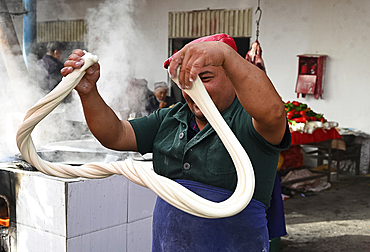
Noodle maker in Kashgar Sunday Market, main Silk Road trading centre, Kashgar, Xinjiang, China, Asia
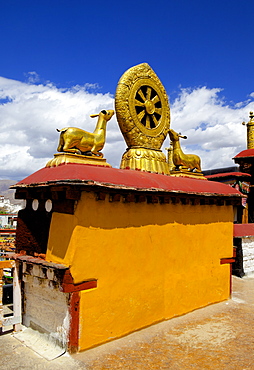
Golden Wheel of Dharma and deer sculptures on the sacred Jokhang Temple roof, Barkhor Square, Lhasa, Tibet, China, Asia
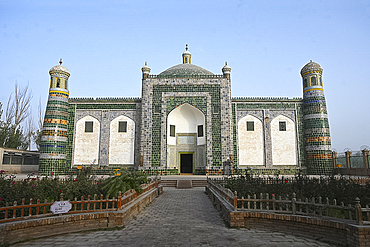
Afaq Khoja Mausoleum, built around 1640, the holiest Muslim site near Kashgar, Xinjiang Province, China, Asia
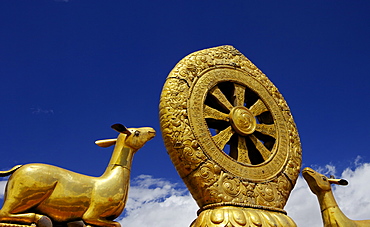
Golden Wheel of Dharma and deer sculptures on the sacred Jokhang Temple roof, Barkhor Square, Lhasa, Tibet, China, Asia
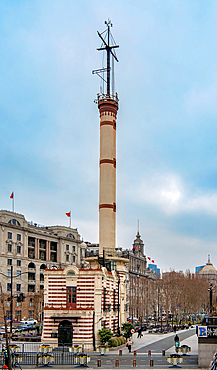
The Gutzlaff Signal Tower (built 1883) on the Bund, Shanghai, China. It is one of the two remaining Alonobo-style buildings in the world.
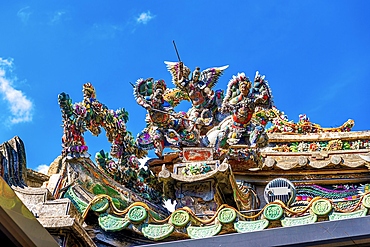
Intricate porcelain inlay sculptures on rooftops of the Mazu Palace, a Tianhou Temple built in 1879. Shantou, Guangdong Province, China
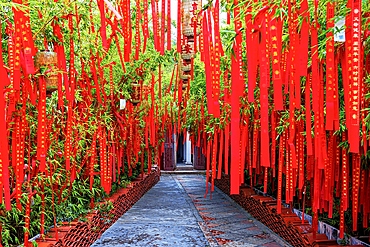
Bamboo garden filled with well wishing ribbons in Kaiyuan Temple, Chaozhou, Guangdong Province, China
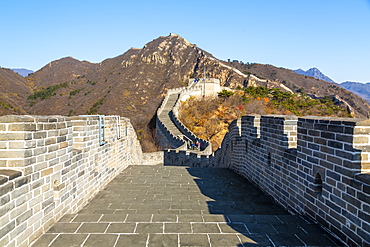
View of Great Wall of China at Huanghua Cheng (Yellow Flower), UNESCO World Heritage Site, Xishulyu, Jiuduhe Zhen, Huairou, People's Republic of China, Asia
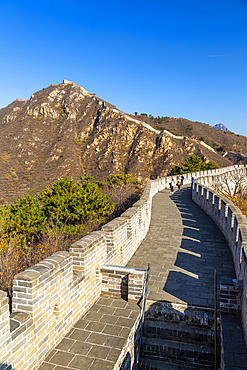
View of Great Wall of China at Huanghua Cheng (Yellow Flower), UNESCO World Heritage Site, Xishulyu, Jiuduhe Zhen, Huairou, People's Republic of China, Asia
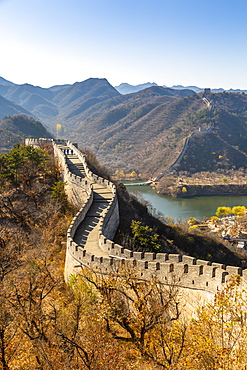
View of Great Wall of China at Huanghua Cheng (Yellow Flower), UNESCO World Heritage Site, Xishulyu, Jiuduhe Zhen, Huairou, People's Republic of China, Asia

View of Shi Baozhai Pagoda at sunset on Yangtze River near Wanzhou, Chongqing, People's Republic of China, Asia

View of Great Wall of China at Huanghua Cheng (Yellow Flower), UNESCO World Heritage Site, Xishulyu, Jiuduhe Zhen, Huairou, People's Republic of China, Asia
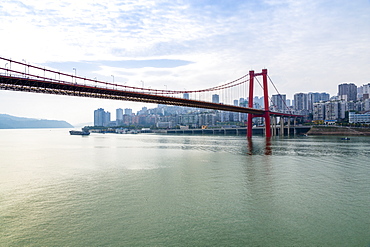
View of suspension bridge over the Yangtze River near Wanzhou, Chongqing, People's Republic of China, Asia

View of Shi Baozhai Pagoda on Yangtze River near Wanzhou, Chongqing, People's Republic of China, Asia
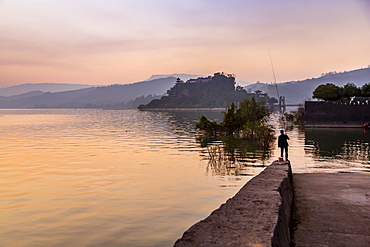
View of Shi Baozhai Pagoda at sunset on Yangtze River near Wanzhou, Chongqing, People's Republic of China, Asia

View of Great Wall of China at Huanghua Cheng (Yellow Flower), UNESCO World Heritage Site, Xishulyu, Jiuduhe Zhen, Huairou, People's Republic of China, Asia
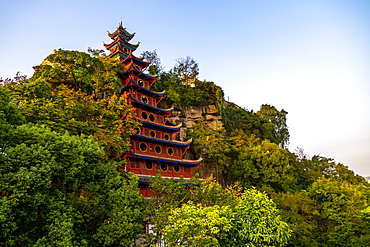
View of Shi Baozhai Pagoda on Yangtze River near Wanzhou, Chongqing, People's Republic of China, Asia
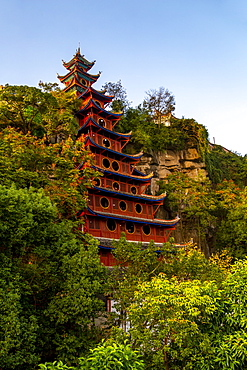
View of Shi Baozhai Pagoda on Yangtze River near Wanzhou, Chongqing, People's Republic of China, Asia
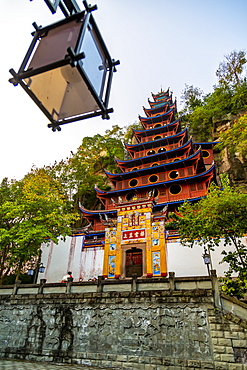
View of Shi Baozhai Pagoda on Yangtze River near Wanzhou, Chongqing, People's Republic of China, Asia
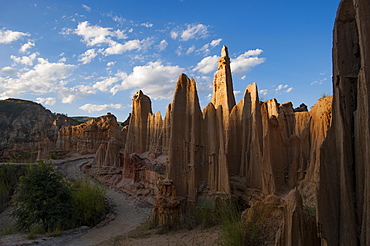
The Yuanmou Clay Forest in China is the best preserved example of this rare type of landscape in the world, Yuanmou, Yunnan Province, China, Asia

A tourist takes picture with his phone of the Choi Hung Estate, Kowloon, Hong Kong island, Hong Kong, China, Asia
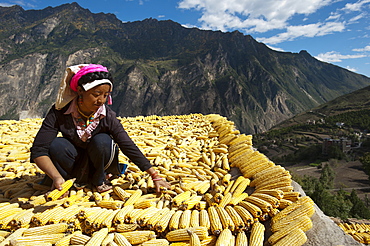
Drying maize (corn), on rooftops of traditional Tibetan houses at Jiaju Zangzhai, Sichuan Province, China, Asia
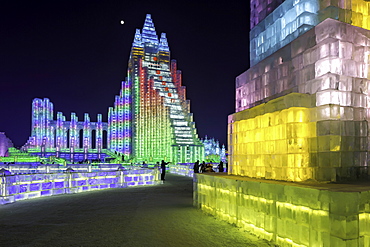
Spectacular illuminated ice sculptures at the Harbin Ice and Snow Festival in Harbin, Heilongjiang Province, China, Asia
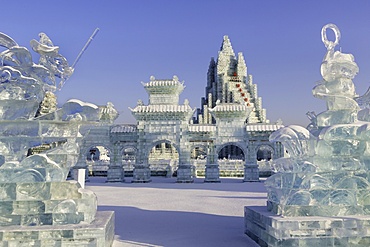
Spectacular ice sculptures at the Harbin Ice and Snow Festival in Harbin, Heilongjiang Province, China, Asia
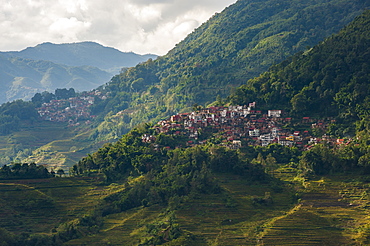
A remote village in the Yunnan province of China near the Yuanyang rice terraces, Yunnan Province, China, Asia
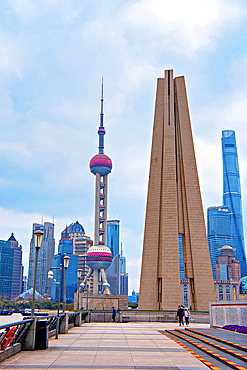
The Shanghai People's Heroes Memorial Tower (right), commemorating those who fought for their homeland in wars and natural disasters and The Oriental Pearl Tower (left). Shanghai, China.
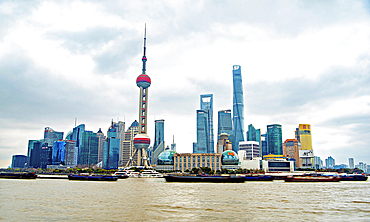
The iconic skyline of Lujiazui along the busy Huangpu River with never ending convoy of cargo vessels, Shanghai, China.
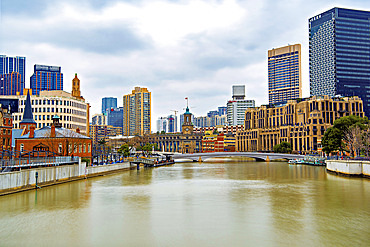
Suzhou Creek with the Shanghai Postal Museum (built in the 1920s) (center) and the Union Church (built 1886) (left), Shanghai, China
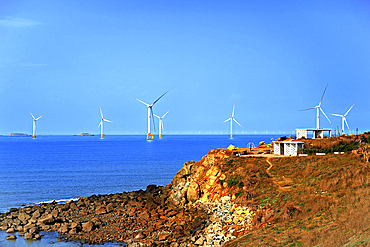
The coast of Pingtan Island with a view of windmills in the sea, Fuzhou City, Fujian Province, China
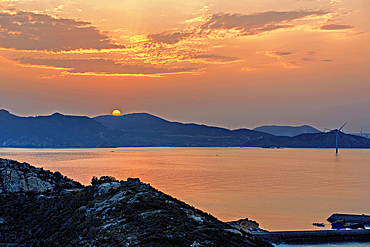
Final peek of a setting sun over the hills and the sea of Pingtan Island, Fuzhou City, Fujian Province, China
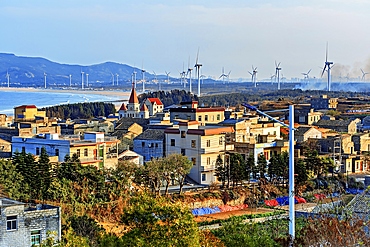
Warm sunlight on a village and windmills on the coast of Pingtan Island, Fuzhou City, Fujian Province, China
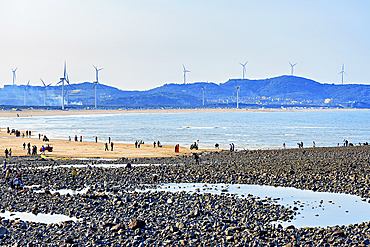
Rocky and sandy beach coastal recreation area with windmills, Pingtan Island, Fuzhou City, Fujian Province, China
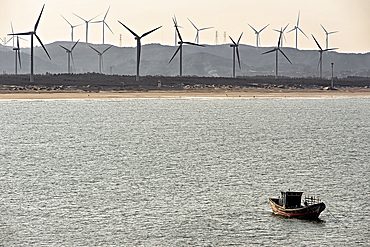
Lone fishing boat with windmills in the background, Pingtan Island, Fuzhou City, Fujian Province, China

A cottage on the coast of Pingtan Island with windmills in the sea, Fuzhou City, Fujian Province, China
